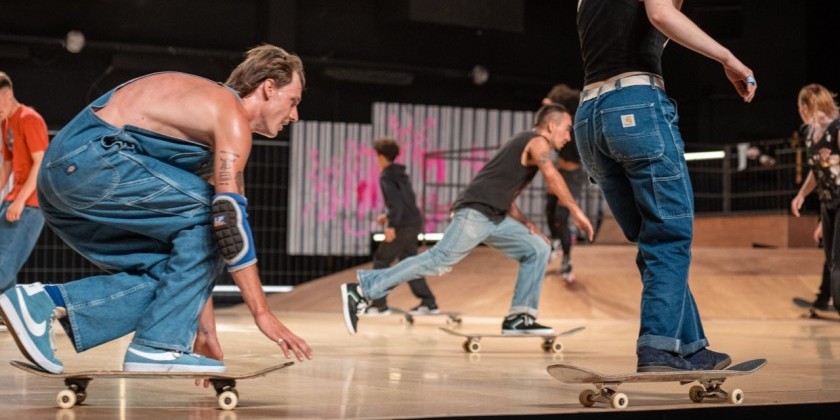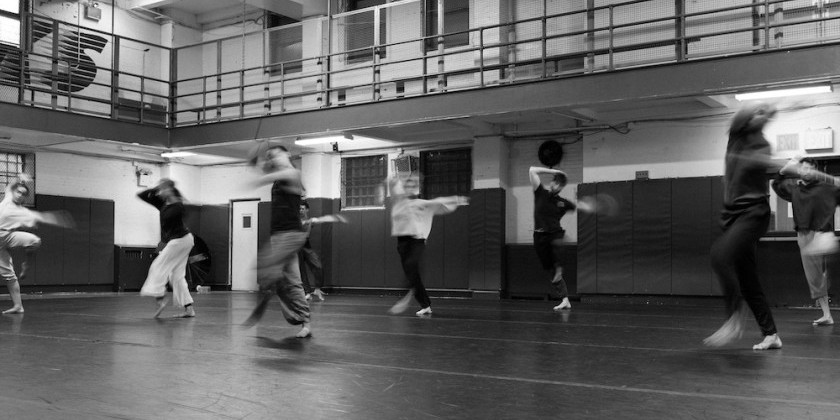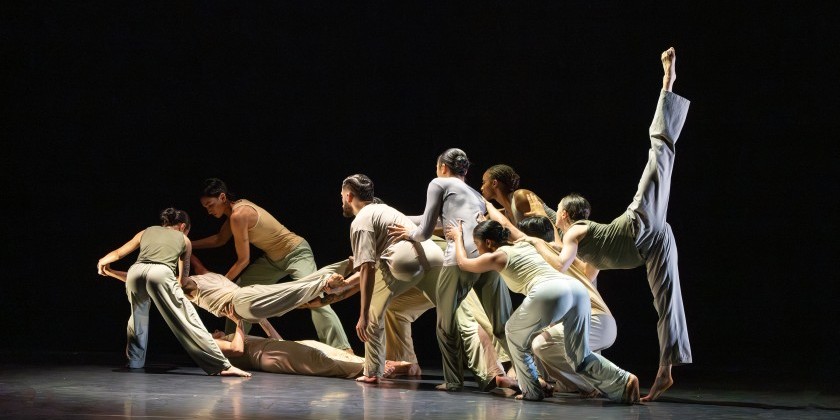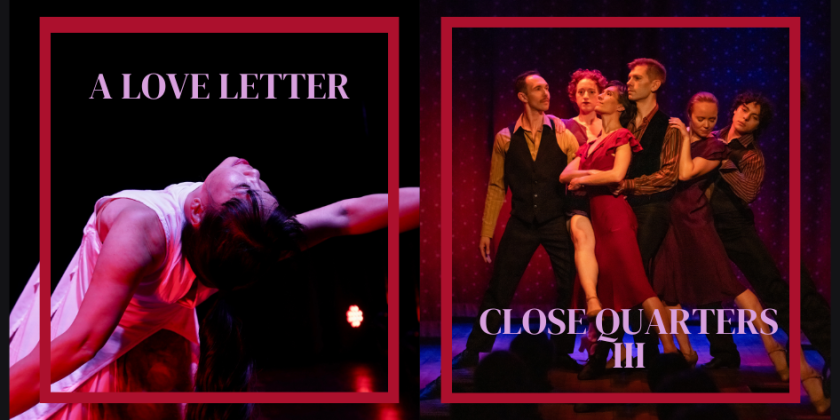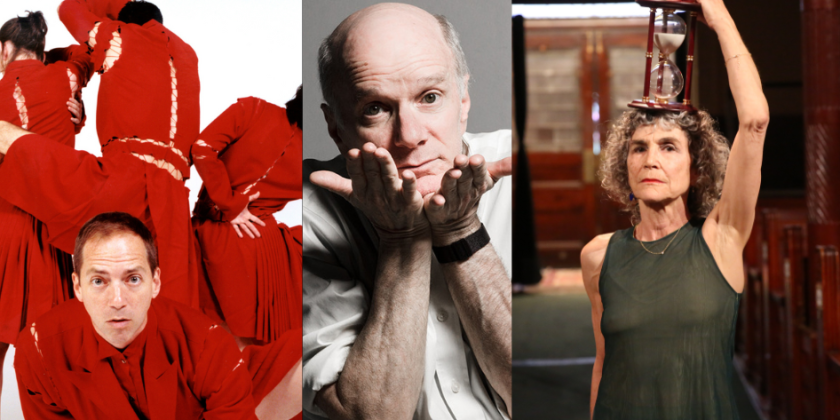Things I am Learning from Liz Lerman: Leadership, Arts Equity, and Changing Shape in the Time of #metoo
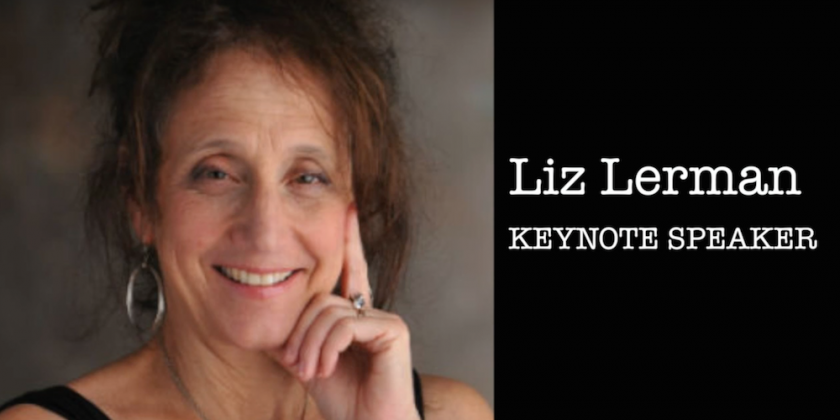
Attending the Women In Dance Leadership Conference 2018
Can we respect elders, traditions, and authority, yet stand up to manipulations?
It’s 9 am the day before demonstrators will take to the streets for the second Woman’s March and the conference room at NYU’s Kimmel Center teems. Present for the second Women In Dance Leadership Conference (the first happened in Louisiana in 2015) are women of all ages, colors, and nationalities (38 countries represented) armed with cups of coffee and notebooks. They are ready to listen to dance revolutionary Liz Lerman, founder of the trailblazing Liz Lerman Dance Exchange in 1976, teacher, lecturer, writer, 2002 MacArthur "Genius Grant" Fellow, 2011 United States Artists Ford Fellow, and a 2014 Dance/USA Honoree.
As she speaks, her down-to-earth delivery reminds us that in spite of the accolades, Lerman thinks of herself first as a woman at work in the dance field, just like everyone else here. And today she is visibly pained.
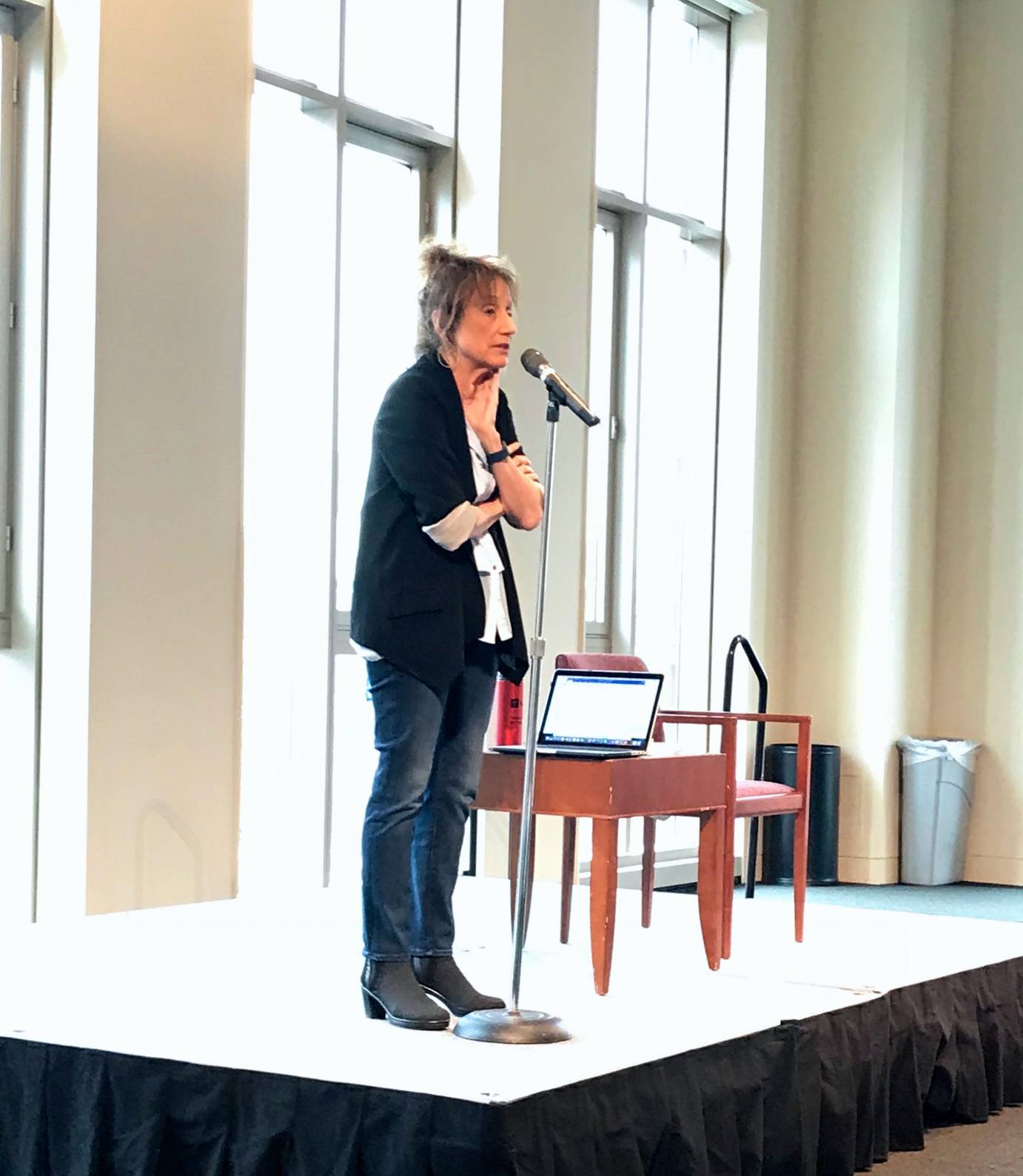
Accounts of abuse in the news weigh on her. Lerman mentions a recent conversation with her contemporary, Margaret Jenkins: the topic, respecting one’s elders. Much of the abuse we’ve seen has been perpetrated by those in positions of power, people we’ve been brought up to respect and trust: parents, teachers, coaches, directors, artistic directors. Is respect valuable if it puts us in harm’s way? Does respect serve if we aren’t encouraged or allowed to question? Can we respect elders, traditions, and authority, yet stand up to manipulations?
Though the #metoo movement is bringing cases of sexual abuse to light, what about the tacit discrimination against women accepted by societies for(seemingly)ever? Lerman mentions — to nods around the room— the fight to be acknowledged and the task of repeating oneself ten times or more in order to be heard.
As a young artist she grew tired of lewd comments and repeated stares at her breasts and crotch which often materialized when she mentioned her profession (dancer) to men. Was it to escape harassment that she chose to work more intellectually, she wonders. She remembers actively desexualizing herself. In one instance someone told her, “You are the most asexual person I ever met,” which (as it was a goal) she took as a compliment.
Happy for the more “aware” future portended by current events, Lerman mourns for her past. “What would I have been like if it had not been for the constraints?” she asks.
How telling that Lerman, blessed with a lifetime of recognized and enjoyed artistic achievement, can’t rid herself of this doubt. “Do we ever heal?” is a question brought up later in the morning, by one of the conference participants.
“Let’s take apart the thing we know and…embrace “new shapes.”
Lerman urges the audience to do as she's done and bring such questions into their work. In her Small Dances About Big Ideas (2005), for example, a project commissioned by the Harvard Law School, to commemorate the 60th anniversary of the Nuremberg trials, she worked with with law professor Martha Minow to illuminate human rights law and call into question decisions of nations, communities, and individuals regarding violence.
Lerman calls for dance artists and their colleagues (such as dance writers) to take a mirror out and reconsider their own systems and structures. What do we see as high art and low art; good and bad; excellent and mediocre. “Is the best dance in the world happening at the Brooklyn Academy of Music or in a second-grade classroom?” she asks. (Lerman challenged the status quo by bringing her senior, Dancers of the Third Age to concert stages as well as performing her “concert work” in community centers)
Must one jump through fifteen hoops to get a review in the New York Times? Who do critics choose to review: only top tier performance work? What are those tiers? Lerman, somewhat embarrassed at herself, admits caring so much about coverage at one point, she would fret not only over the publication, and which writer, but also on which page, and on what line her company would appear. Now she wonders what she was really chasing, and asks the the audience to seriously challenge themselves as they consider goals and the reasons they pursue them. Some familiar structures, “old shapes,” as she calls them; no longer serve our needs. It’s time to embrace “new shapes.”
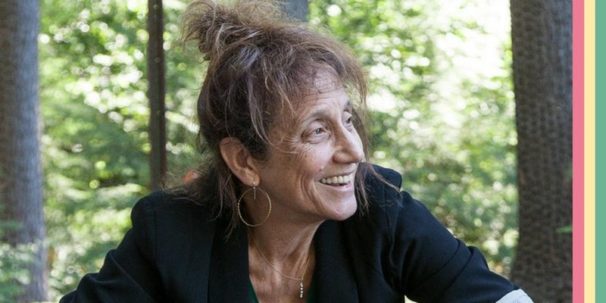
Shifting, Tumbling, Finding Equity
Instead of thinking in a vertical manner, where “good” exists at the top of the framework and “bad” at the bottom, Lerman wants to know if we can shift frames and possibly envision a more equitable, horizontal line where voices can be heard from end to end (and in-between). In a time when it is important to speak up, she says, “We need all voices.” She reminds us that equity, artistic and otherwise, is not about everyone being considered “the same,” with excellence going unnoticed, but about everyone’s excellence being considered.
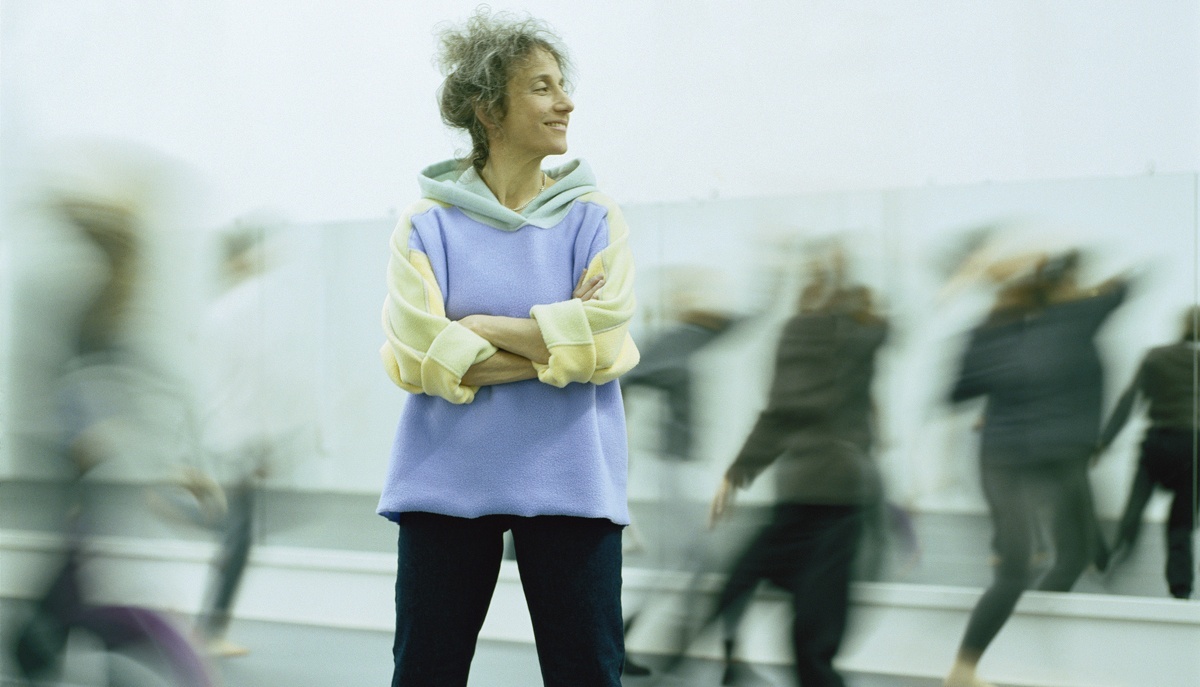
As world events shift and tumble unexpectedly and even jarringly, Lerman appeals to the audience to take a page from Design Thinking and think choreographically. Who, as a dancer, hasn’t moved, from singularly taking charge of a group in one moment, to working collaboratively to solve a problem in another? Who better than dancers — experts at shifting shape, falling, tumbling, and transitioning at all speeds — to share their amazing gifts in service of the world?










